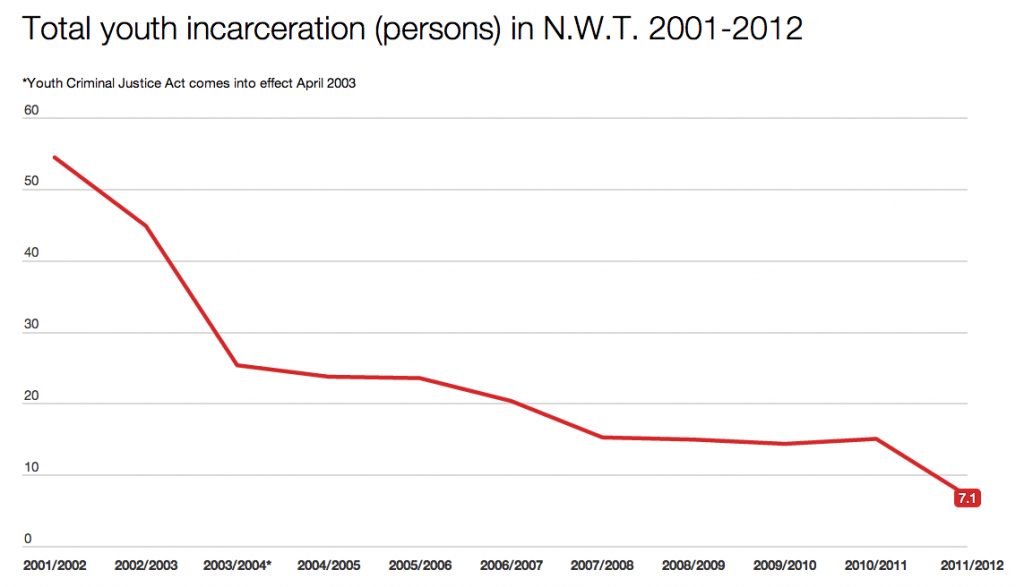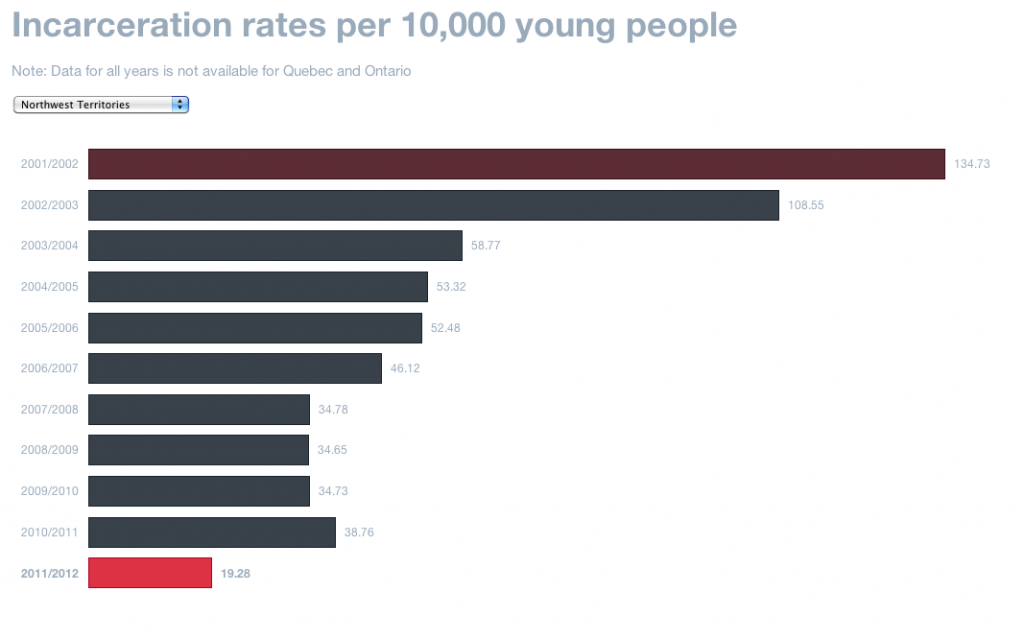By Erika Stark
If you live in Alta Vista or Beacon Hill-Cyrville, you might want to double check the locks on your car doors.
The two east-end Ottawa wards had the highest per capita rate of vehicle thefts in the last two years, according to crime data released by the Ottawa Police Service.
One hundred thirty-one cars, or about 28 per capita (10,000 people) were stolen in Alta Vista last year, up from 111, or 26 per capita in 2011.
In Beacon Hill-Cyrville, thieves stole 96 cars in 2012 and 84 the year before.
Across Ottawa, 1,253 cars went missing last year. In 2011, 1,122 vehicles were stolen.
“It’s a crime of opportunity,” said Erin Kelly, a communications specialist for the Canadian Automobile Association. “One thing people always need to remember is not to entice thieves and keep valuables and parcels from view.”

“These are people who are looking for a quick opportunity and it can escalate from people who are breaking in for that valuable.”
Kelly said it’s not surprising that the two wards with the highest per capita rates of vehicle theft are both partly residential.
“A lot of people remember about parking lots and what to do, parking in a well-lit area and taking your keys with you,” she said. “But if you’re at home, there’s still a great risk, especially if you live in a residential area that doesn’t have a lot of pedestrian traffic.”
Kelly said using a locked garage is the best way to prevent car thefts at home. Parking facing the street can reduce the shadows thieves use to conceal themselves, she added.
“People feel safe at home. But at nighttime, there’s a lot of dark areas and if you’re not thinking about that, your car’s just as easy a target in your driveway as it could be in a downtown parking lot.”
The Ottawa Police Service’s crime prevention sheet for vehicle owners recommends many of the same precautions Kelly offered. It also states vehicle owners should never leave their keys – even spare keys – inside their vehicles. No one from the police service was made available for comment on this story.
Elsewhere in Ottawa, thirteen wards saw year-over-year increases in thefts, including West Carleton-March, where the per capita rate nearly doubled from 2011 to 2012. Conversely, Cumberland saw its own rate almost halved, dropping from 16 per capita in 2011 to nine last year.
Last April, police charged seven people in relation to the theft of over 100 cars between May and October 2012. The organized crime ring sold the vehicles, mostly minivans, to metal recycling facilities.
The solvency rate for car thefts in 2012 was just 17 per cent according to Ottawa Police Service’s crime, police and traffic statistics report. Of the 1,253 stolen vehicles, roughly 213 were recovered.
Back in Alta Vista, community association president Tony Bernard says the high rate of vehicle thefts isn’t a widespread community concern.
“Not in the time that I’ve been there, nobody’s ever brought it up,” he said. “It certainly hasn’t come up to the organization as something that we need to take action on.”
“Crime’s always an issue, I guess,” Bernard added. “But I certainly feel that the community is safe.”





